The Future of Electronic Signs Transforming Communication in a Digital World
 The rapid evolution of technology has profoundly impacted various facets of communication, with electronic signs taking center stage in this transformation. According to a recent study by the Digital Signage Federation, the global digital signage market is projected to reach USD 31.71 billion by 2025, reflecting an annual growth rate of 7.7%. This surge underscores the significance of electronic signs in enhancing visibility and engagement within urban spaces and various industries, from retail to transportation.
The rapid evolution of technology has profoundly impacted various facets of communication, with electronic signs taking center stage in this transformation. According to a recent study by the Digital Signage Federation, the global digital signage market is projected to reach USD 31.71 billion by 2025, reflecting an annual growth rate of 7.7%. This surge underscores the significance of electronic signs in enhancing visibility and engagement within urban spaces and various industries, from retail to transportation.
Moreover, a report from MarketsandMarkets highlights that the increasing demand for real-time data communication and interactive experiences drives the adoption of electronic signs. These dynamic platforms not only convey essential information efficiently but also play a crucial role in capturing audience attention in an increasingly digital world. As businesses and municipalities look for innovative ways to enhance communication, understanding the implications and strategies surrounding electronic signs will be vital for future success.
The Evolution of Electronic Signs in Modern Communication
In the transition from traditional signage to modern digital platforms, digital signage has emerged as a powerful communication tool. No longer limited to simple advertisements, today’s digital signage incorporates dynamic content, allowing businesses to engage with their audience in real-time. According to a recent report, the digital signage market is expected to reach $32.84 billion by 2025, reflecting the growing trend among companies to invest in visually captivating and interactive displays. This evolution not only enhances brand visibility but also improves customer engagement, making it a clever and strategic choice for businesses looking to stand out.
Tips: When implementing digital signage, consider the audience and the environment where the displays will be located. Tailor content to be timely and relevant to increase engagement. Additionally, regularly updating the information displayed can keep the message fresh and encourage repeat interactions from passers-by.
Furthermore, advancements in technology such as artificial intelligence and data analytics are propelling the capabilities of digital signage. These tools allow for personalized content, targeting specific demographics and enhancing the overall customer experience. Companies can leverage this data to optimize their messaging strategy, ensuring that their communications resonate more effectively with their audience.
The Future of Electronic Signs Transforming Communication in a Digital World
| Dimension |
Description |
Current Trends |
Future Outlook |
| Technology |
Advancements in LED and OLED displays. |
Increased adoption of high-resolution and energy-efficient displays. |
Integration of AI for personalized content delivery. |
| Interactivity |
User engagement through touch and gesture controls. |
Growth in touchless technology and mobile integrations. |
Expansion of augmented reality features in electronic signs. |
| Data Utilization |
Real-time data integration for dynamic messaging. |
Increasing focus on analytics to optimize content. |
Predictive analytics for targeted communication strategies. |
| Sustainability |
Environmentally friendly materials and energy sources. |
Rise in solar-powered electronic signs. |
Enhanced designs focusing on recyclability and efficiency. |
| Regulatory Changes |
Adapting to changing advertising regulations. |
Increased scrutiny on brightness and content duration. |
Anticipating new laws promoting digital signage use. |
Key Technologies Driving the Future of Digital Signage
The digital signage industry is poised for significant growth, driven by advancing technologies that enhance communication and user engagement. With the global digital signage market projected to soar from $19.78 billion in 2018 to an estimated $35.94 billion by 2026, the compound annual growth rate of 7.8% underscores the increasing reliance on electronic signs in various sectors. This rapid evolution is attributed to the integration of innovative display technologies such as OLED and 4K Ultra HD, which offer superior image clarity and vibrant colors, capturing viewer attention more effectively than traditional signage.
Moreover, the advent of electronic paper technology presents exciting opportunities for energy-efficient and environmentally friendly displays, aligning with growing sustainability initiatives. As carbon emission regulations tighten, especially in Europe, companies are likely to adopt digital signage solutions that not only reduce operational costs but also meet regulatory demands. These technologies are transforming the landscape of communication, enabling businesses to convey messages dynamically and interactively in a world that increasingly values speed, clarity, and eco-consciousness.

Impact of Electronic Signs on Consumer Engagement and Brand Awareness
Electronic signs have become an essential tool for enhancing consumer engagement and elevating brand awareness in our increasingly digital landscape. According to a report by Grand View Research, the digital signage market is expected to reach $31.71 billion by 2025, growing at a compound annual growth rate (CAGR) of 7.2%. This surge highlights the effectiveness of electronic signs in capturing attention and conveying messages more dynamically than traditional signage. In retail environments, studies show that digital signage can increase engagement by up to 47% compared to static displays, allowing brands to communicate their messages more effectively and in real-time.

Moreover, consumer interactions with electronic signs have proven to be significantly impactful. A survey conducted by Nielsen found that 60% of consumers feel more engaged with brands that utilize digital signage. These signs not only draw in foot traffic but also foster a stronger connection between consumers and brands through interactive and visually stimulating content. Businesses leveraging electronic signs can tailor their messages based on demographics and time of day, enhancing relevancy and encouraging impulse purchases. The integration of these technologies not only promotes brand recall but also transforms the way consumers experience marketing in the digital age.
Challenges and Opportunities in the Adoption of Smart Signage Solutions
The adoption of smart signage solutions presents both unique challenges and significant opportunities for businesses and communities in a rapidly digitizing environment. One of the primary challenges lies in integrating these advanced technologies with existing infrastructure. Organizations must adapt their current systems and ensure compatibility, which can lead to increased initial costs and require employee training. Additionally, concerns regarding data privacy and cybersecurity are paramount as smart signage often collects and processes user data to enhance engagement. This necessitates robust security measures to protect sensitive information and build consumer trust.
Despite these obstacles, the potential benefits of smart signage are substantial. These solutions can revolutionize communication by delivering real-time, targeted content that engages audiences more effectively than traditional static signs. Businesses can harness analytics to refine their messaging strategies and improve customer experiences. Furthermore, the environmental advantages of digital signage, which often reduces waste and allows for dynamic updates, present a compelling opportunity for organizations committed to sustainability. By overcoming the challenges associated with smart signage, organizations can not only enhance their communication strategies but also position themselves at the forefront of innovation in a digital world.
Future Trends: Integrating AI and Data Analytics in Electronic Signage
The future of electronic signage is increasingly intertwined with advancements in artificial intelligence and data analytics, reshaping how businesses communicate with their audiences. Through AI, electronic signs can analyze visitor demographics, preferences, and behaviors in real time. This capability allows for hyper-targeted messaging, ensuring that the content displayed resonates with specific audiences, thus enhancing engagement and increasing the likelihood of interaction.
Moreover, data analytics enables businesses to measure the effectiveness of their signage campaigns more accurately. By gathering and analyzing performance metrics, such as viewer engagement times and interaction rates, organizations can make data-driven decisions to optimize their content strategies. These insights will not only refine the messaging but also guide resource allocation, making electronic signage campaigns more efficient and impactful. Together, these technologies pave the way for a future where electronic signs are intelligent, adaptive, and pivotal in the digital communication landscape.









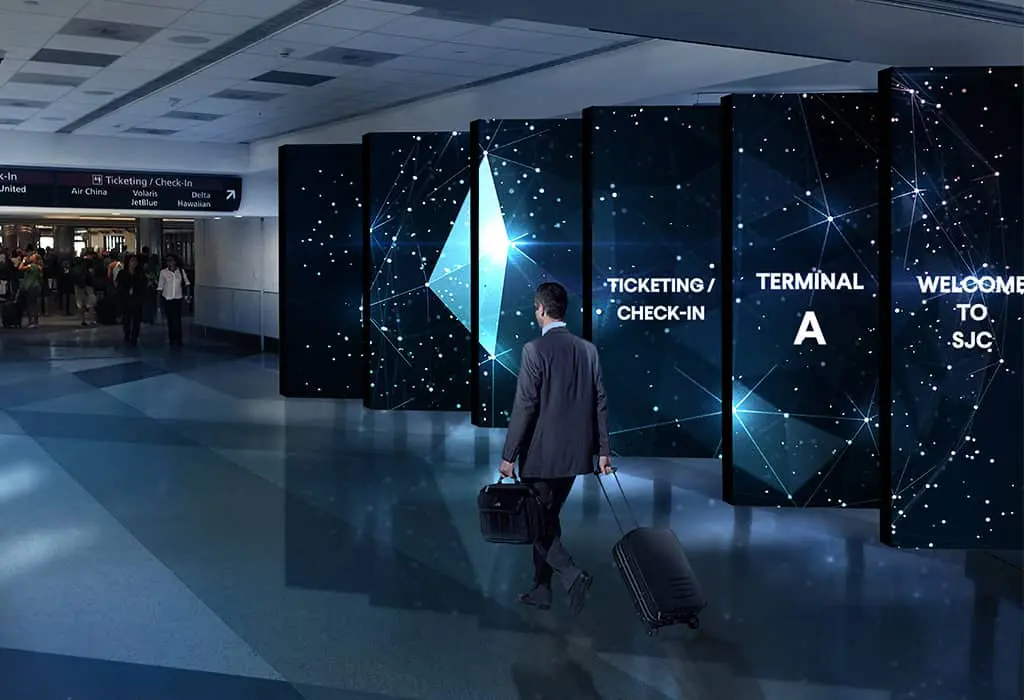


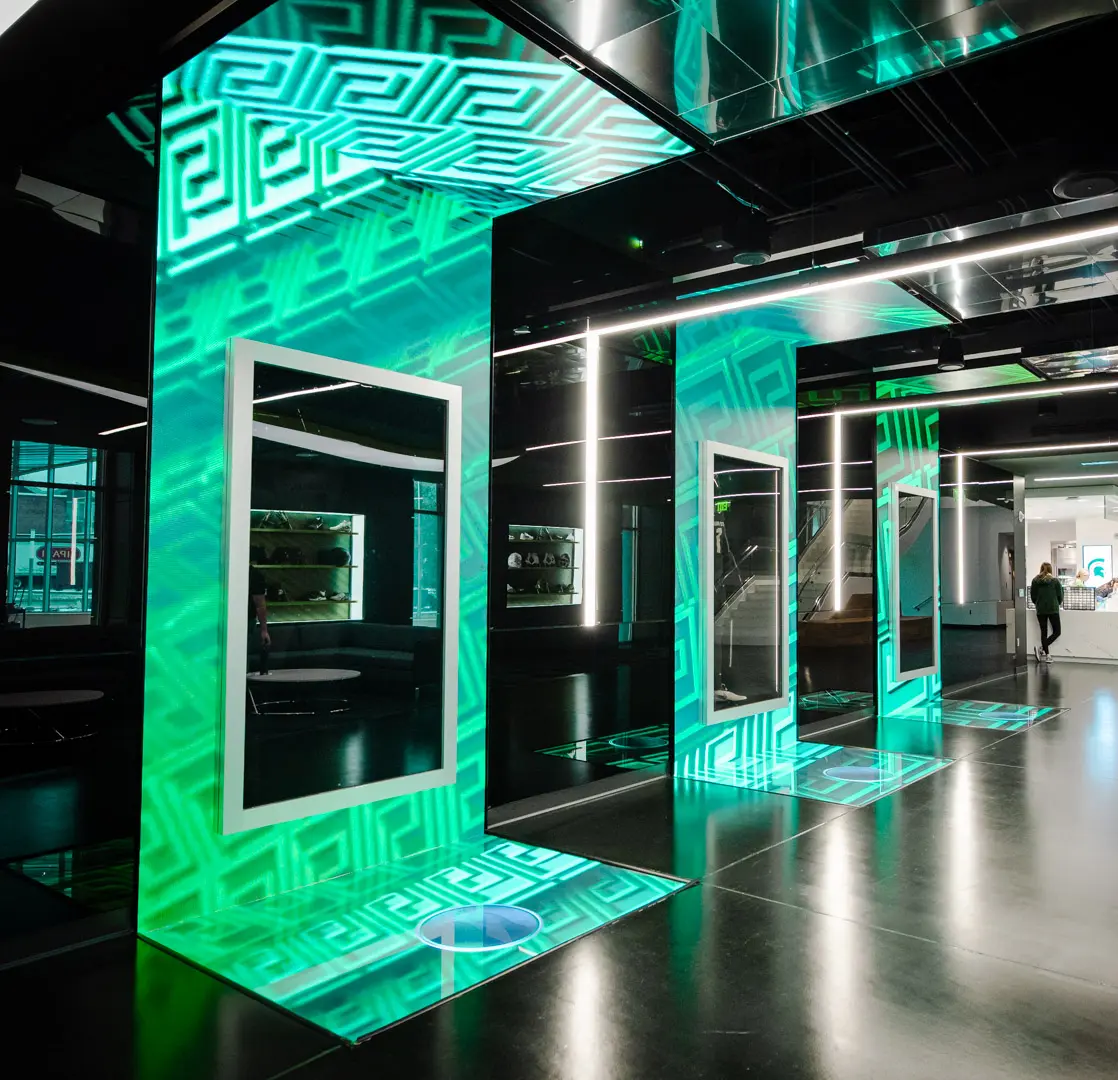
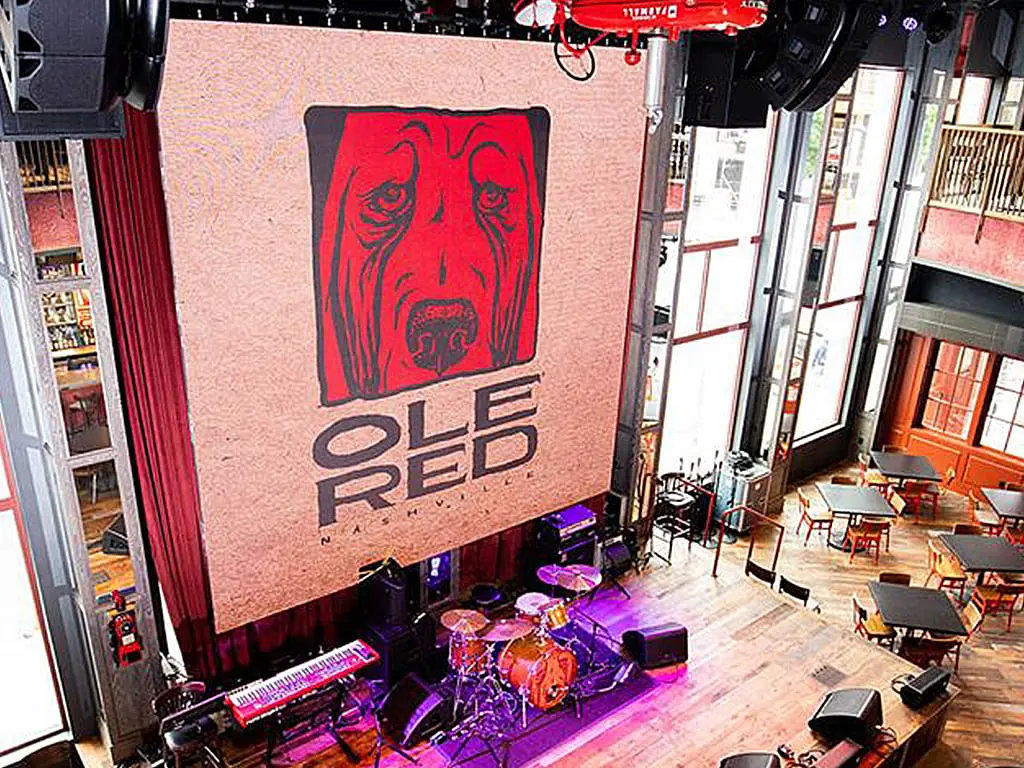





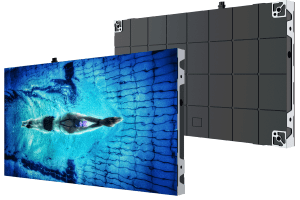





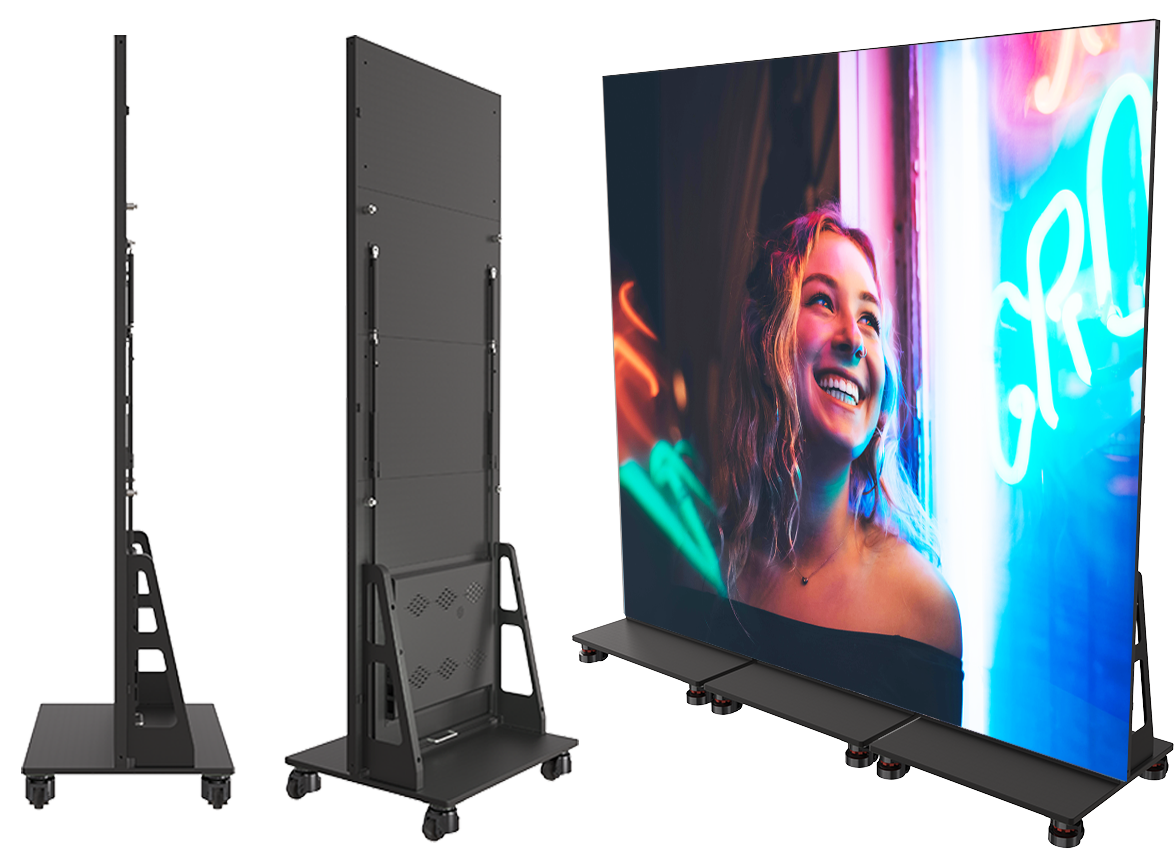











 The rapid evolution of technology has profoundly impacted various facets of communication, with electronic signs taking center stage in this transformation. According to a recent study by the Digital Signage Federation, the global
The rapid evolution of technology has profoundly impacted various facets of communication, with electronic signs taking center stage in this transformation. According to a recent study by the Digital Signage Federation, the global 
